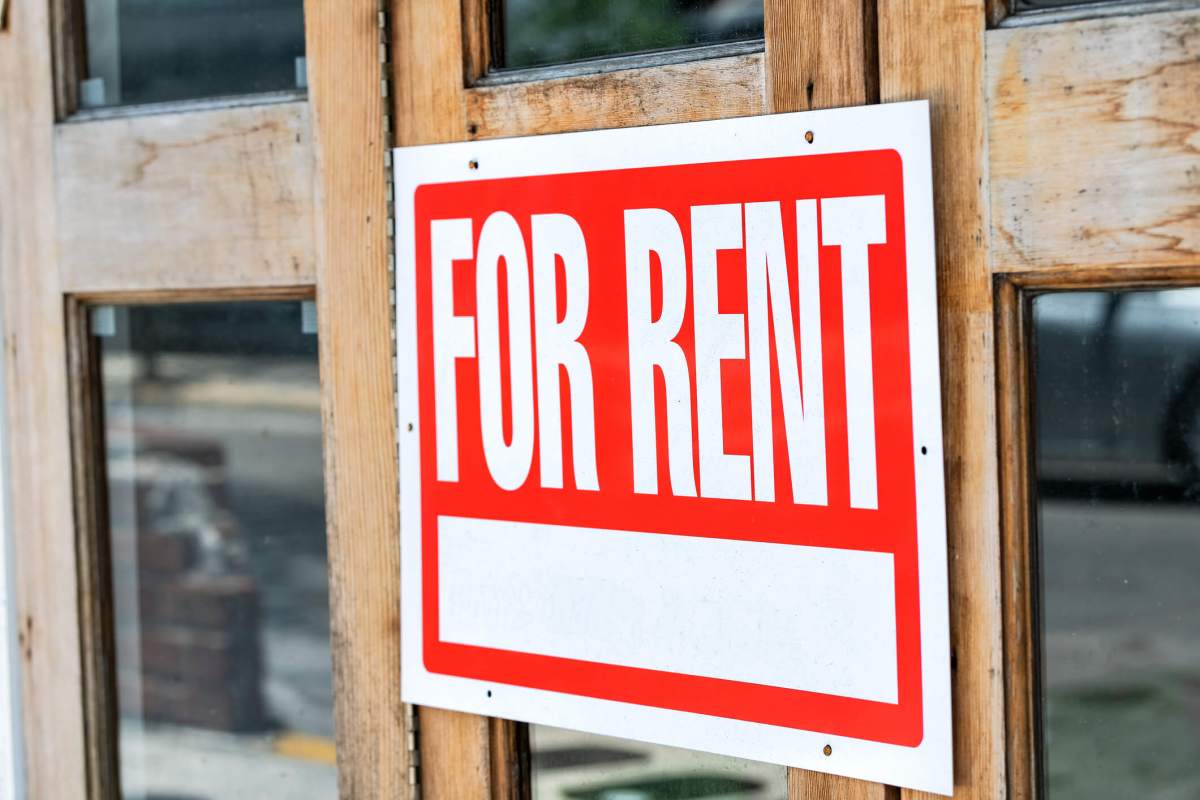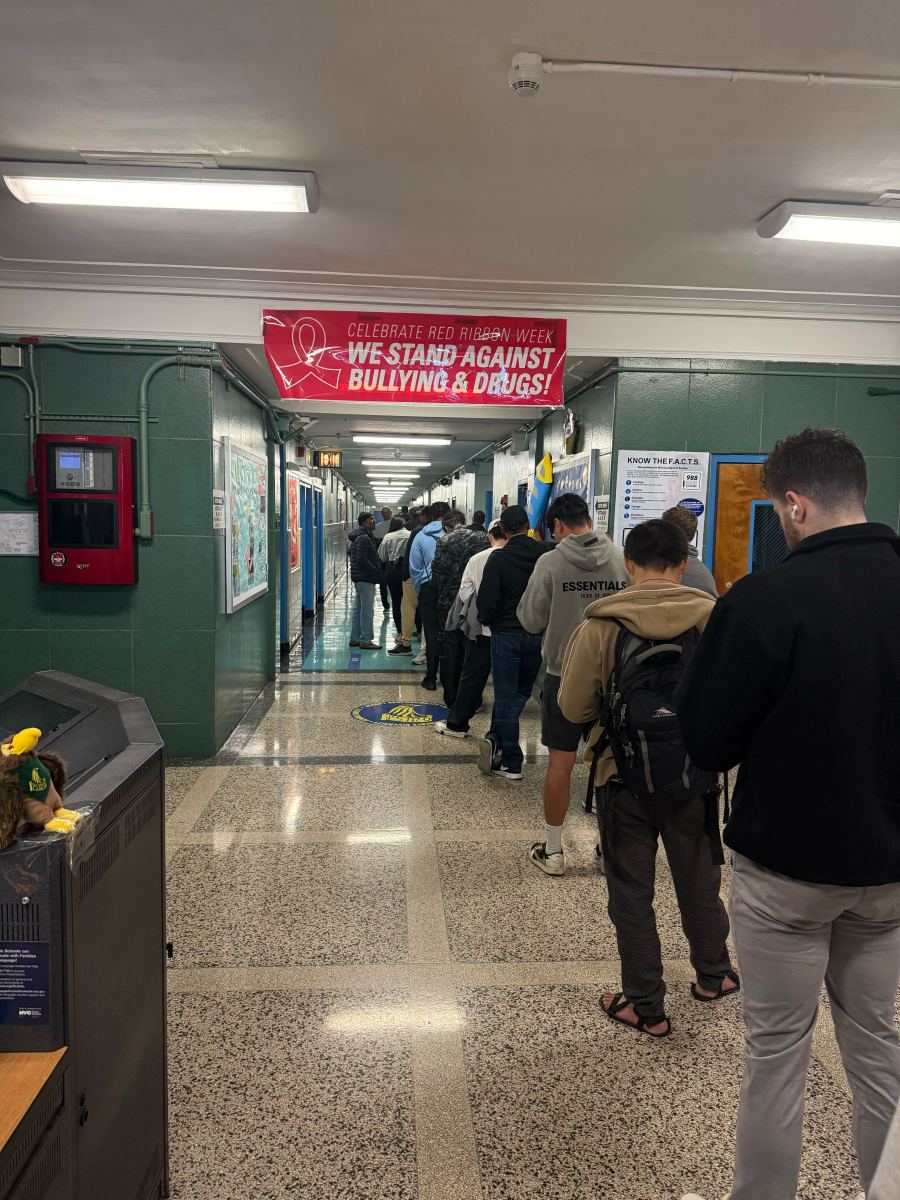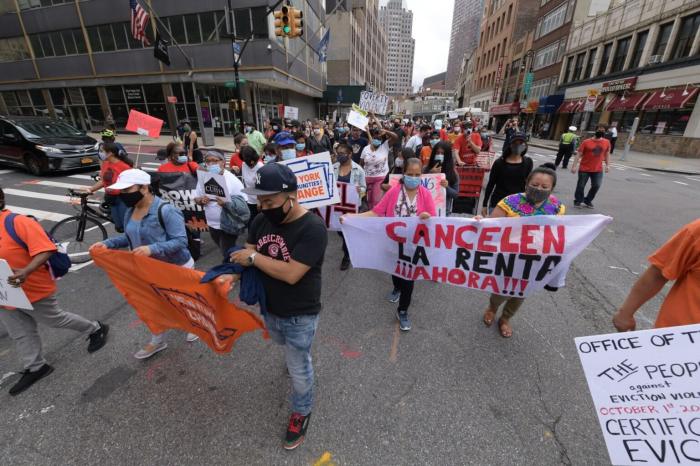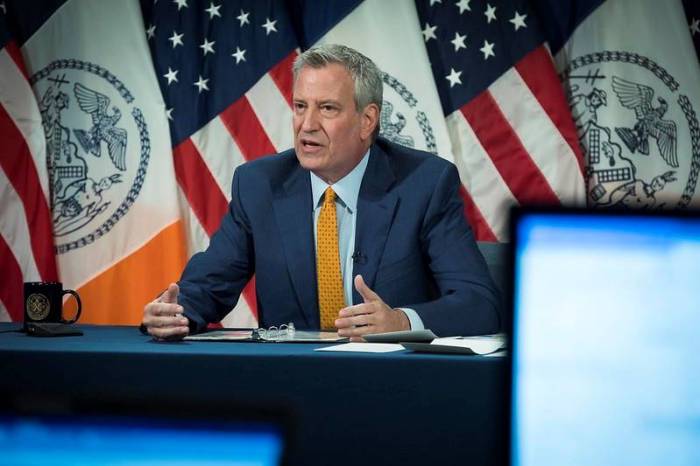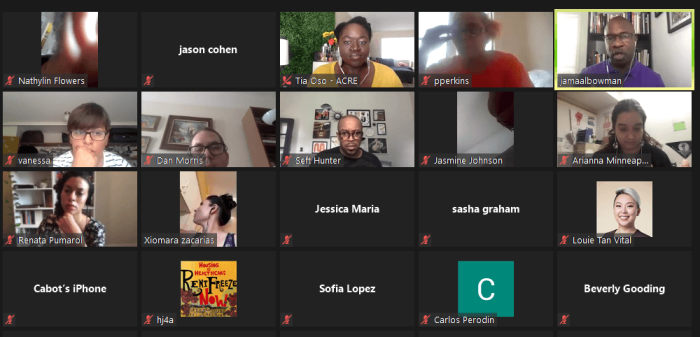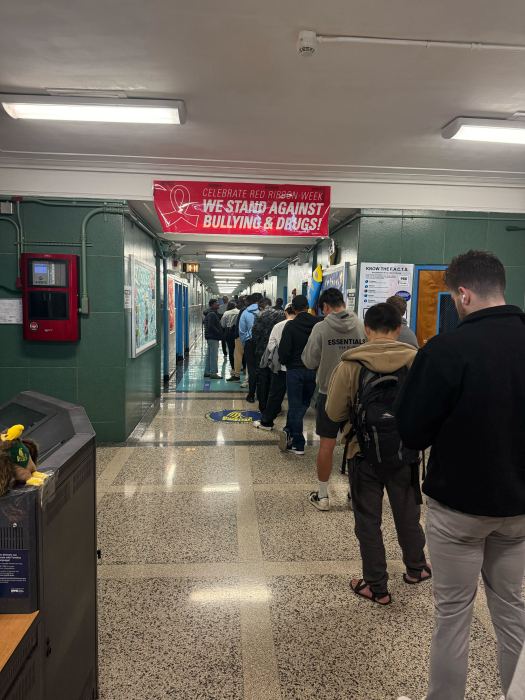Back in June, the NYC Rent Guidelines Board (RGB) voted to approve rent increases of 3.25% on one-year leases and 5% on two-year leases. As always, tempers were high. The final vote was a circus. And the outcome, as expected, angered many.
Now that we are several months removed from that political theater it is time to have a sober conversation about the vote and its impact on housing. Since the vote inflation has gotten worse, not better. The cost of providing rent-stabilized housing is on a path to go up more than 10% this year, more than double the 4.7% projection by the RGB. On the other side of the ledger, the RGB rent adjustment doesn’t come close to covering those rising costs.
Particularly at risk are the older rent-stabilized buildings in the outer boroughs and in Northern Manhattan. Roughly four-fifths of rent-stabilized housing outside the core of Manhattan falls into this category, where the buildings are almost entirely rent-stabilized. This is a primary source of affordable housing for working class and aging New Yorkers.
In 2020, the average rent in these buildings was $1,156 and the average monthly cost to operate an apartment was $869, not including mortgage payments and capital expenditures like mandatory boiler inspections or required facade work.
For these buildings, a 3.25% rent adjustment by the RGB amounts to a $37.57 increase of the rent. The projected operating cost increase for these apartments, according to the RGB’s Price Index of Operating Costs (PIOC), is $40.84, only a slight defunding of units.
But this calculation was done when inflation for the region was 4%. Since the report was issued, the same inflation metric has nearly doubled. Another flaw in the PIOC was a projection that fuel costs would go down. Due to international turmoil, the price of natural gas and heating oil has skyrocketed.
CHIP estimates actual operating costs will be nearly double what the 2022 PIOC estimated. For the older buildings in the outer boroughs, that means $78.25 per apartment per month. With rental income only increasing $37.57, on average, that means apartments are losing $40.68 in net operating income or NOI, which goes to paying the mortgage, capital improvements, and various other costs not tracked by the RGB when they calculate rent increases.
All of this data is detailed in a new report published this week by my organization, the Community Housing Improvement Program. All the data used is from the RGB reports and subsequent reports on inflation that the RGB relies on. The data is indisputable. The RGB is failing to adjust rents to keep up with costs. What we do about it is the question we need to answer right now.
Elected officials could do many things to keep costs down. They could reform the outdated property tax system that unfairly punishes renters and their housing providers. They could crack down on insurance companies that have doubled their premiums on rent-stabilized buildings in the past five years. They could expand, improve and fully fund voucher systems, so that property owners don’t have to waste money on Housing Court and could instead help low-income tenants get the assistance they need.
If elected officials fail to address these things, as they have in past years, then it will be all on the RGB to be the grown-ups in the room and prevent the disinvestment in rent-stabilized housing so these apartments will be around for years to come. Data suggests they may have to approve near double-digit rent increases to prevent the collapse of rent-stabilized housing. If they do follow the data and approve these large increases, struggling renters should turn their anger to the elected officials for failing to address this housing crisis, not the members of the RGB who have been put in an impossible position year in and year out.
If the RGB members buckle under the political pressure and continue to defund rent-stabilized buildings, again, then the city’s housing problems will get worse. Housing has costs, and not properly funding rent-stabilized housing hurts New Yorkers. The sooner everyone realizes this, the sooner we can start solving these problems and start making housing better.
Jay Martin is the Executive Director of the Community Housing Improvement Program.



